Coming to Quang Ninh Museum, visitors will have the opportunity to explore the coal mining industry, the miners as well as learn about the Dao ethnic group, Dong Trieu pottery, agriculture, fisheries and many other interesting things about the land and people here.
Dong Trieu pottery industry, Quang Ninh was born and developed quite late. Before 1955, Mr. Hoang Ba Huy, also known as Voong Nhi, was the one who built the ceramic line in Dong Trieu. Dong Trieu pottery materials include white clay mined in Truc Thon, and refractory kaolin mined in Tu Lang commune, Kinh Mon district, Hai Duong province.
Dong Trieu ceramics are a heavy-fired ceramic line. The potters here use a dragon kiln system with 5 to 7 pots and a firing temperature of up to 1,300 0 C. Thanks to such a high kiln temperature, the products made have glaze color and durability over time.
In addition, Dong Trieu potters pay great attention to processing and removing impurities, making the product evenly white. After being heated at high temperatures, the product becomes shiny, smooth, increasing its durability and hardness. In the past, the product was mainly shaped by hand-wheels, which had low productivity. Nowadays, it is made on electric-wheels for higher productivity. Ceramic products are rich in variety. The motifs represent life, people and nature such as the four seasons, four sacred animals and the charming rivers of Quang Ninh. Today, Dong Trieu pottery has become a brand of Quang Ninh, contributing to the development of local culture and economy.
Quang Ninh Museum is also a place to learn about the customs and practices of the Dao people. In every Dao family in Quang Ninh province, the ordination ceremony is the most important ceremony. The ordination ceremony is a custom in the life cycle, marking the maturity of Dao men, affirming the recognition of the community and gods for the person being ordained. The person presiding over the ordination ceremony must be knowledgeable about traditional rituals. A ceremony can be for one person or several people, but it must be an odd number.
In each Dao family, a fire is used for daily cooking. On the stove there is a mezzanine floor to dry and preserve agricultural products, seeds and household utensils. Next to the stove there are tools such as mills, large pans, steamers, etc. to serve the food processing process of the people. For the Dao ethnic group, Thanh Y group in Bang Ca commune, rice is planted twice a year, harvested in May and October. Up to now, all stages of cultivation have been operated by machines, except for the harvesting stage, which still maintains the form of cutting rice by picking.
In addition to learning about the traditional occupations and customs of the Dao ethnic group in Quang Ninh, visitors also have the opportunity to learn about the coal mining and seafood fishing industry here.
Quang Ninh is a land with large coal reserves and is the main concentration of anthracite coal. Coal in Quang Ninh is of good quality, the calorific value of 1kg is from 7,850 to 8,200 calories. Therefore, since the beginning of the 19th century, people have started mining coal in the Dong Trieu area.
From the late 19th century to the early 20th century, coal companies were established one after another, the most powerful of which was the French Coal Company of Tonkin (abbreviated as SFCT). On November 12, 1936, the working class of the mine rose up and heroically fought against the harsh exploitation regime of the mine owners. This was the greatest struggle of the working class of the mine under the leadership of the Party and became the traditional day of coal miners. With the establishment of the Vietnam Coal Corporation, now the Vietnam National Coal - Mineral Industries Group, through the process of struggle, construction and development, overcoming countless difficulties and hardships of the coal industry, the group has grown in all aspects, becoming a source of strength for the people of all ethnic groups in Quang Ninh province in the work of building and protecting Quang Ninh province into a rich, beautiful and civilized province.
Quang Ninh is a province with 250km of coastline, more than 2,000 islands in the Gulf of Tonkin, with a rich flora and fauna, so the fishing industry here is very developed. Fishermen have a tradition of exploiting a variety of seafood in tidal flats and fishing near shore. Quang Ninh fishing grounds have 4 out of 8 large shrimp grounds in the Gulf of Tonkin. Offshore fishing is increasingly developing and accounts for a large part of the total annual catch. Aquaculture is also increasingly valued. Quang Ninh is famous for its specialty Sa Sung. Sa Sung is a type of saltwater earthworm with high nutritional value. In Vietnam, Sa Sung is only found in a few regions. Quan Lan Island Sa Sung is the most famous and is abundant in summer and autumn.
For the forms of fishing here, fishermen use many types of woven bamboo fishing gear. Some are active fishing gear, others are passive, that is, fixed. The net is a fixed fishing gear, blocking and catching fish in places where the water is not too deep. The bamboo net is often used to exploit lagoons, river mouths, mangrove swamps, according to the tide. There are net nets that can be up to several thousand meters long, often used in deeper water. Many types of traps, with or without bait, are used in mountain crevices, in mangrove swamps. In addition, there are many types of woven baskets used to hold seafood when fishing, especially bamboo ducks floating in the water to keep the fish alive. For squid fishing, during the squid spawning season, people drop cages with holes, called squid balls, into the sea. The main squid fishing season is from October to April of the following year, when it rains and is foggy, there are more squid.
In addition to visiting the beautiful scenery of the World Natural Heritage Ha Long Bay, visitors should not forget to stop by the Quang Ninh Museum - an ideal destination that gives locals and visitors the most complete view of the land and people of Quang Ninh, to better understand the beautiful and hospitable mining land.
TUONG VY
Source






![[Photo] Visiting Cu Chi Tunnels - a heroic underground feat](https://vstatic.vietnam.vn/vietnam/resource/IMAGE/2025/4/8/06cb489403514b878768dd7262daba0b)



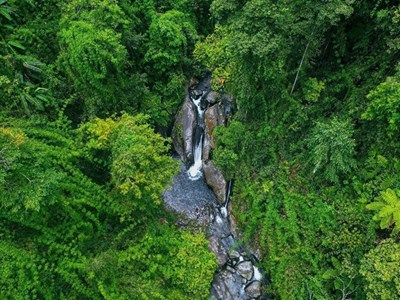
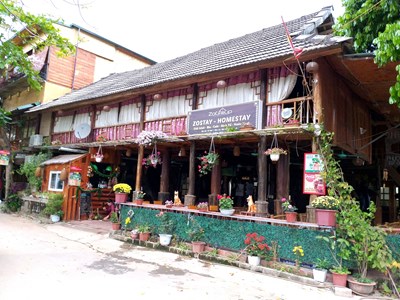
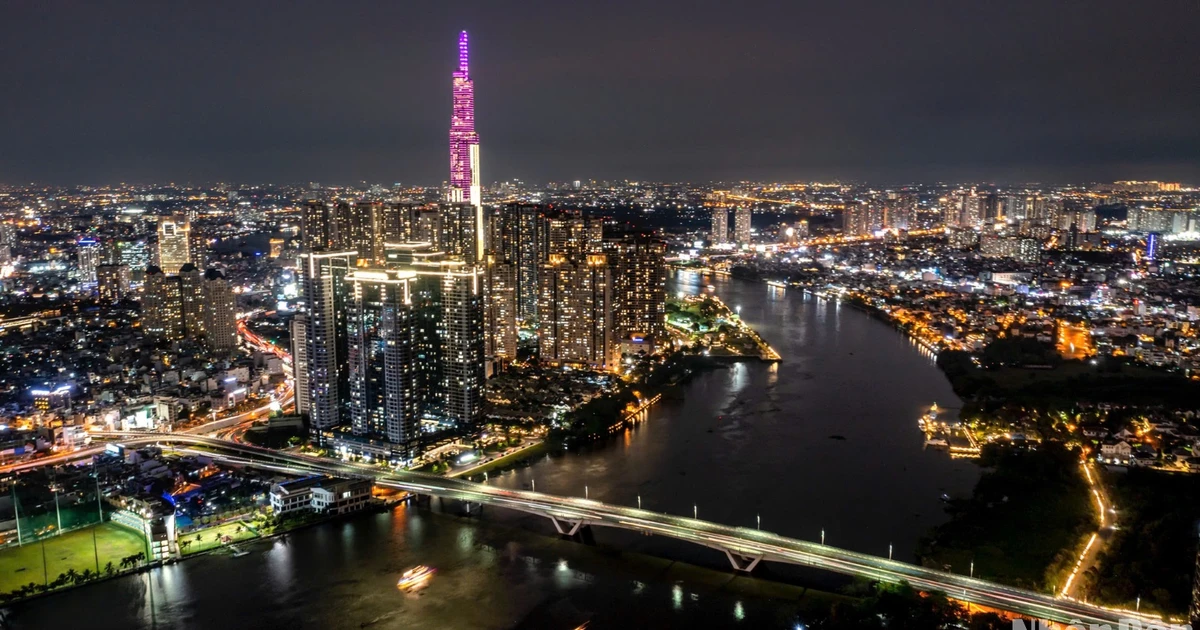
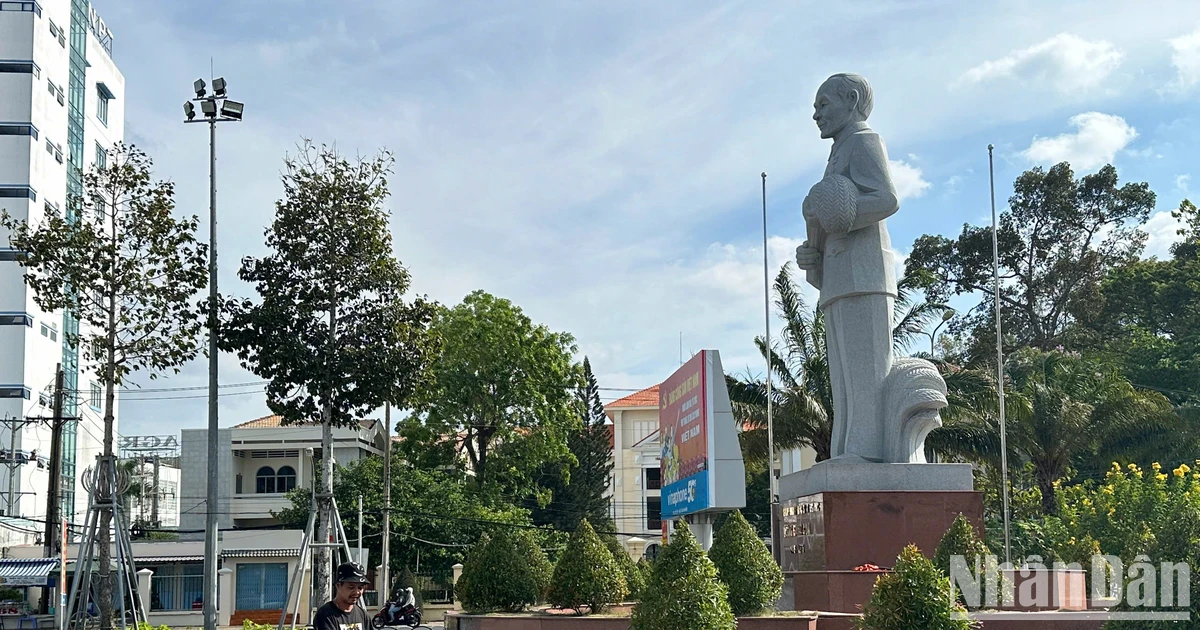
![[Photo] Romantic pink season in B'Lao](https://vstatic.vietnam.vn/vietnam/resource/IMAGE/2025/4/6/fc785a03932e474e90e5898e43170e6b)

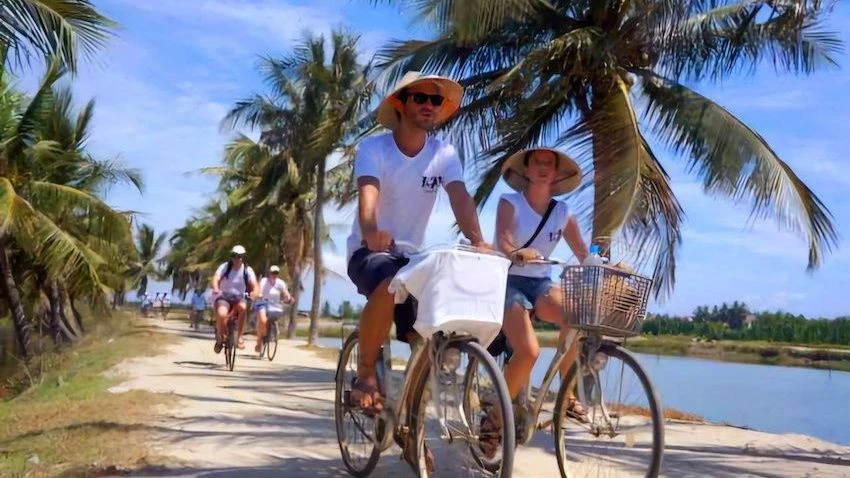
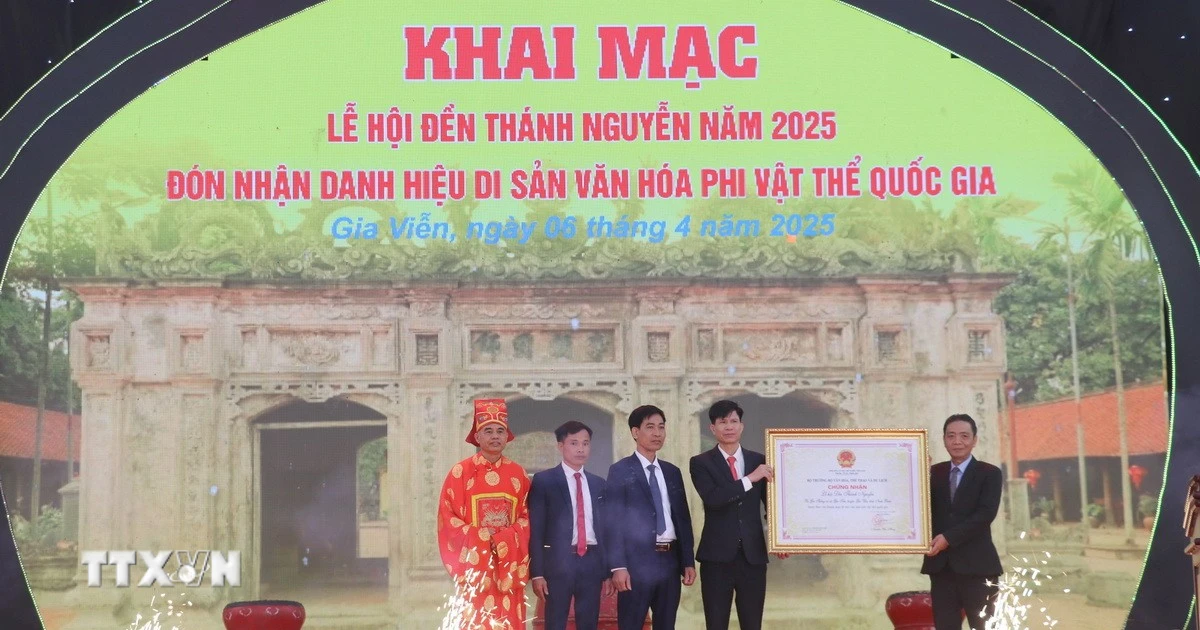





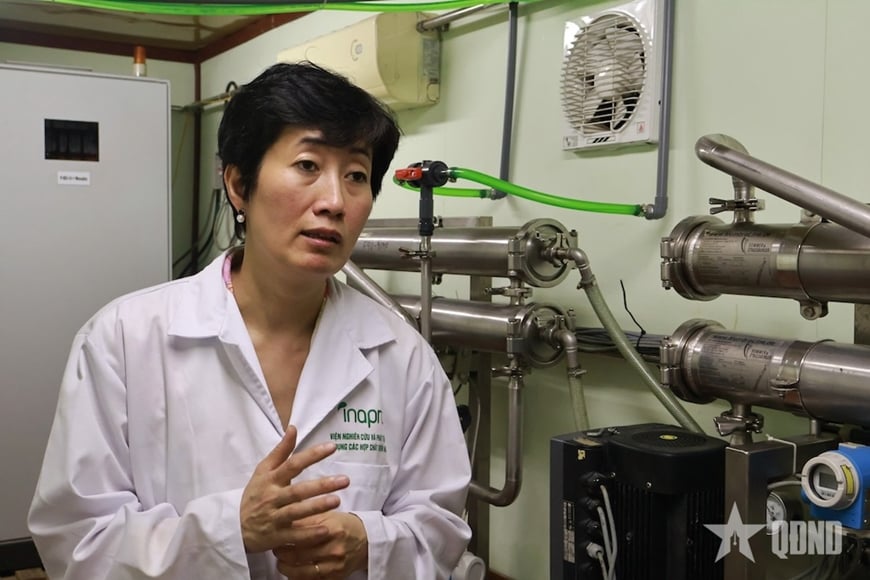
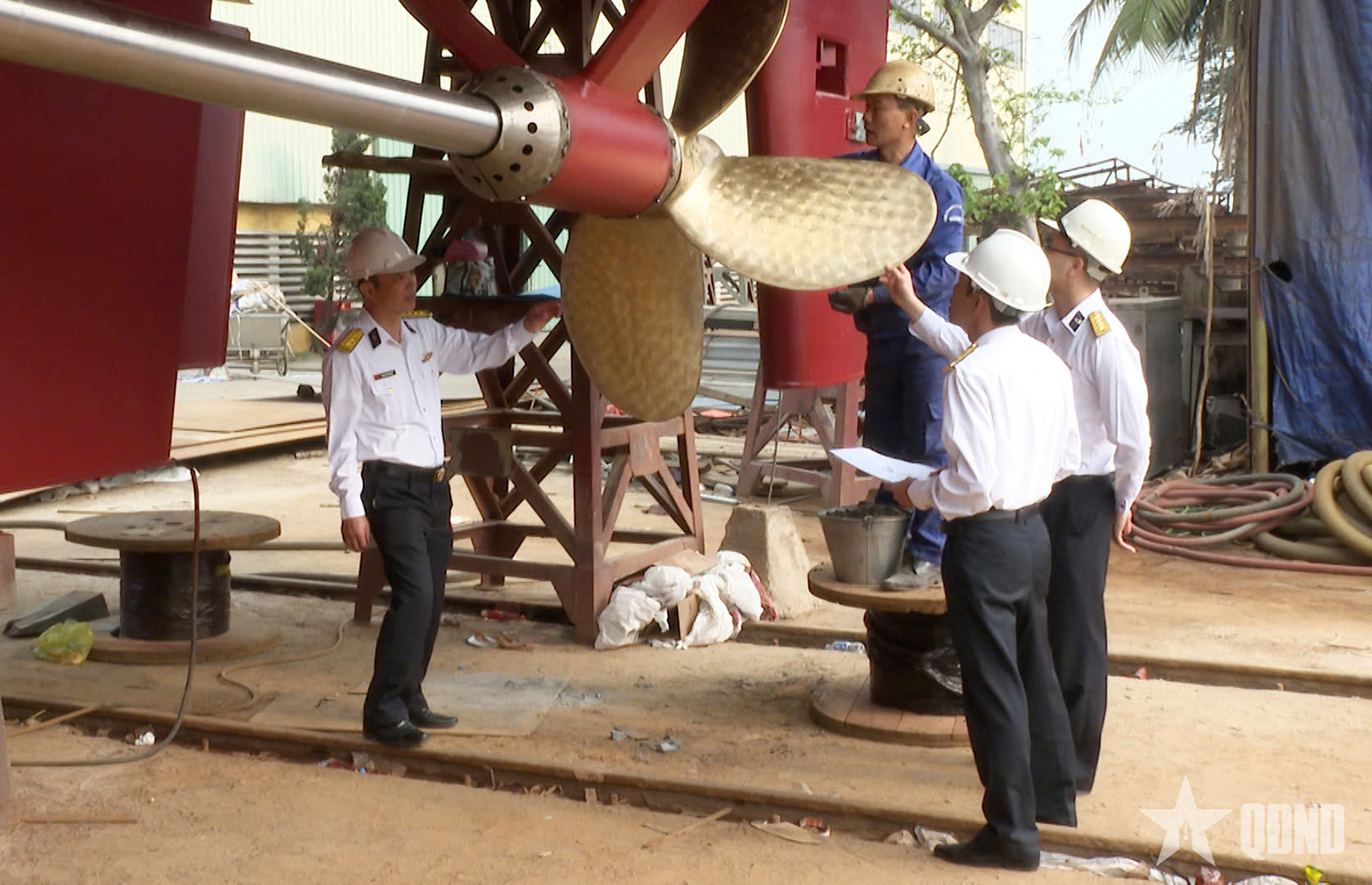
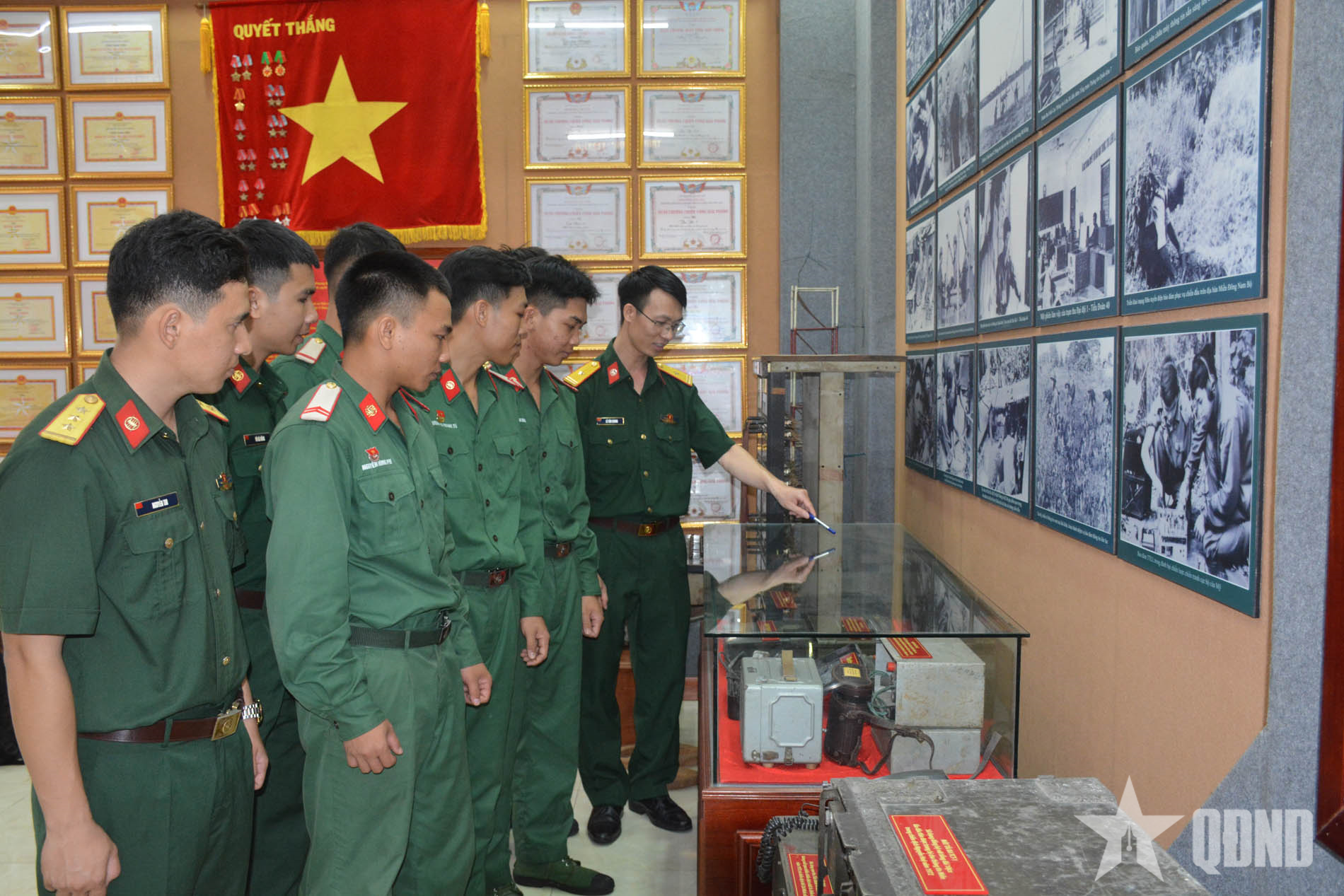
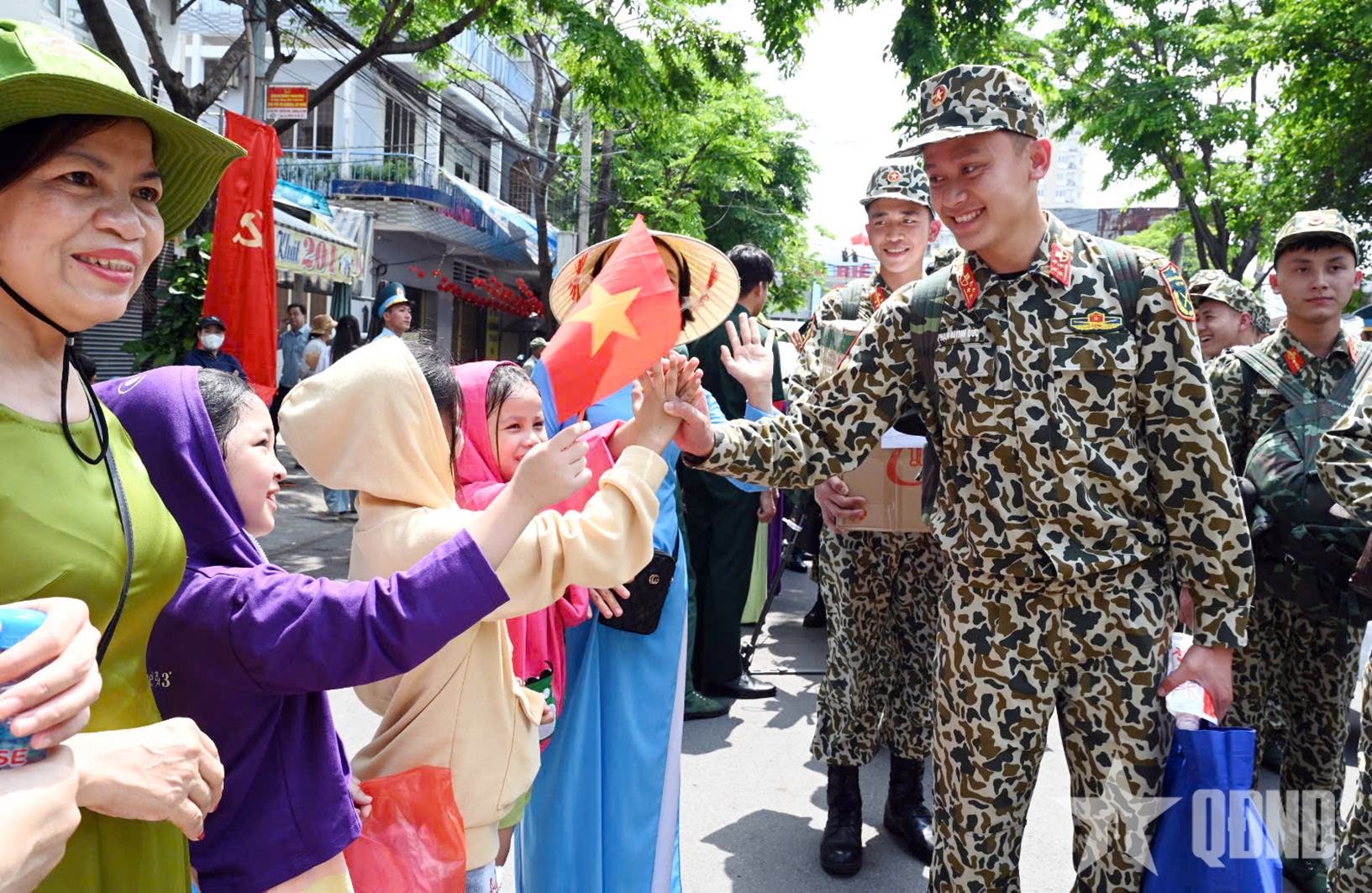



































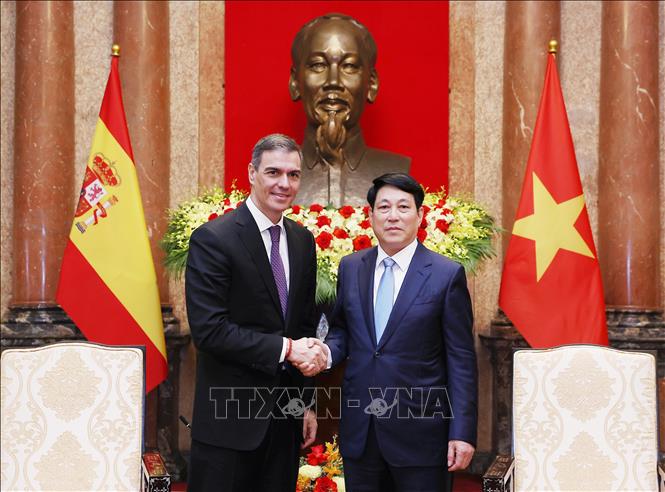








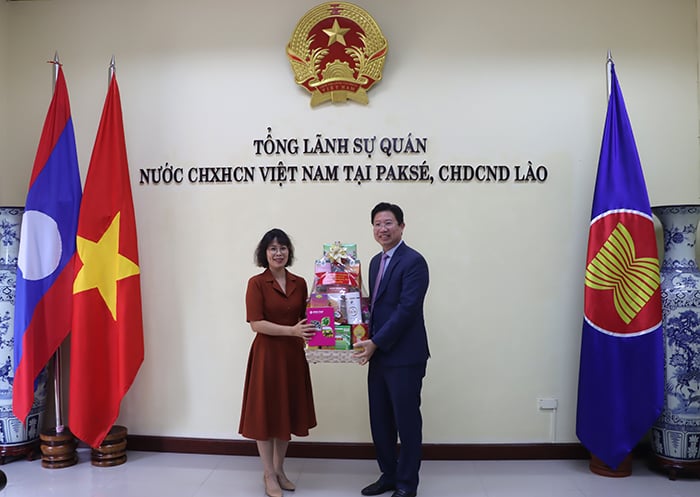

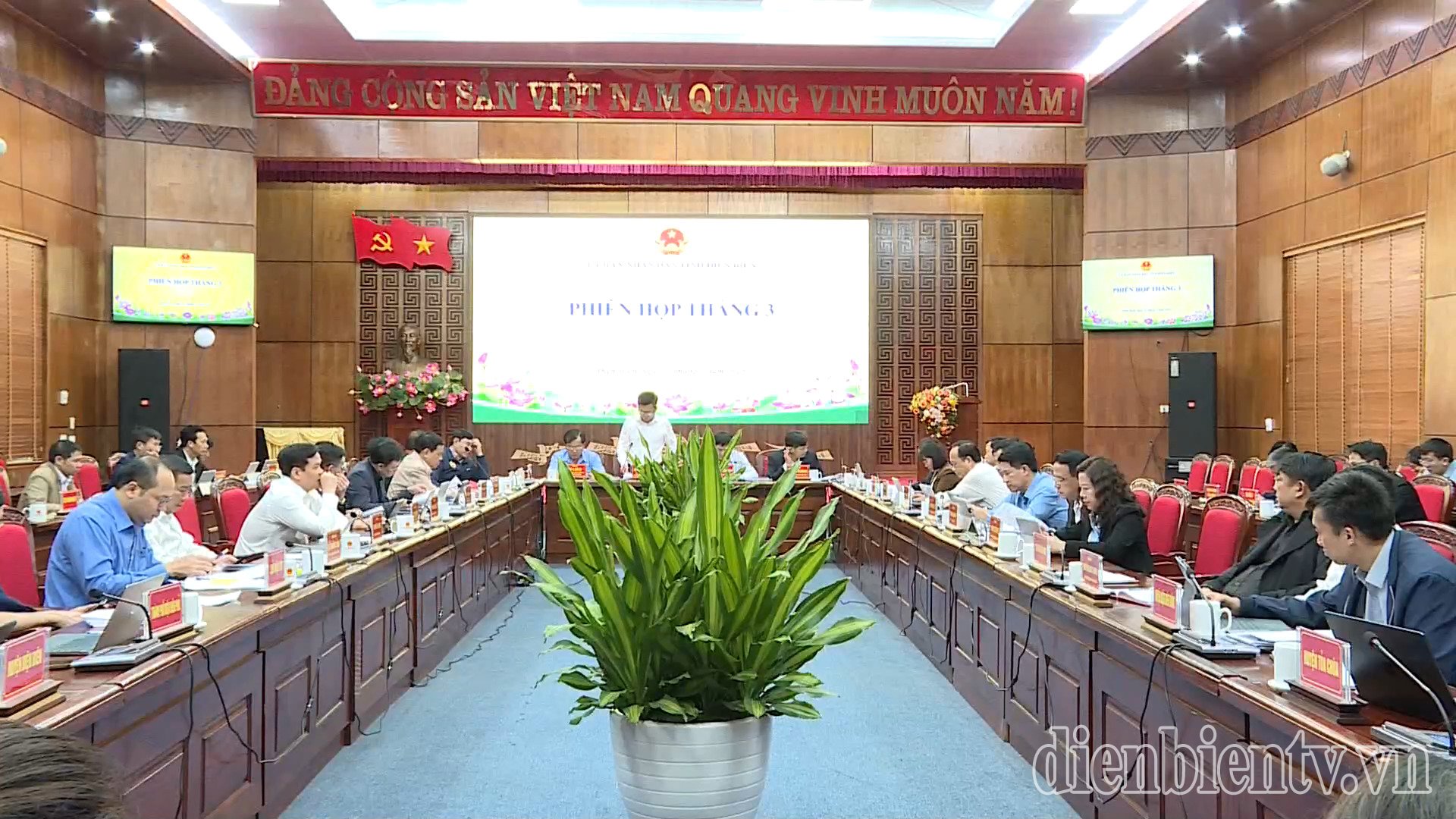
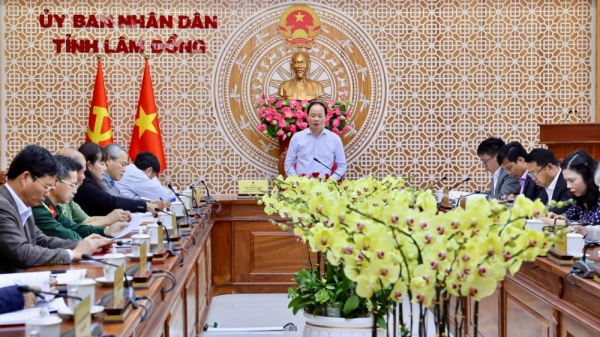
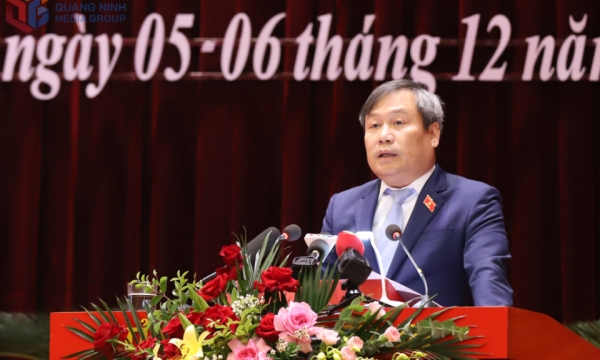











Comment (0)